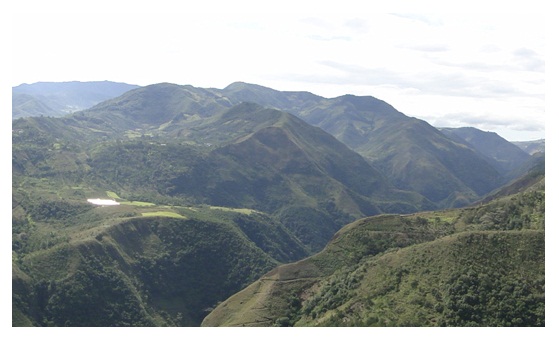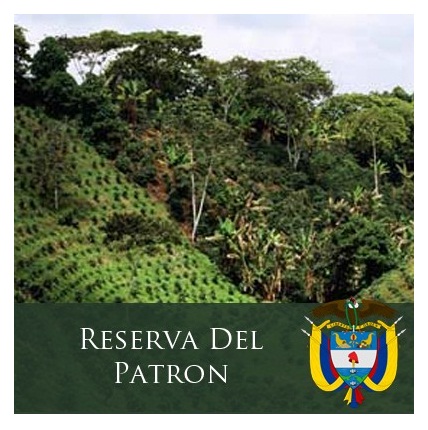Colombian Coffee - The Nariño Region
 |
|
Colombian Coffee – The Nariño Region
We all have heard of Juan Valdez, Colombia’s famous donkey-riding coffeeman. He was a stroke of marketing genius by the Colombia Federation of Coffee Growers and helped brand Colombia as a source of high quality coffee. The name has now been turned into an international chain of cafes serving Colombian coffee. But Colombian coffee is more than Juan Valdez. And while Colombia, the second largest coffee producer in the world, has an industry reputation for good, clean coffee, it took a while for us to find a Colombian coffee that we really thought rose above the rest. That coffee is from a very special region in the southwest corner of Colombia in the Nariño department.
 Coffee appears to have arrived in Colombia, thanks to the Jesuits, around 1730, from the French Antilles, via Venezuela. It was grown initially in Cúcuta, on the border with Venezuela. The coffee soon was grown in Bucaramanga and spread throughout Colombia following the development of the rail lines. But no coffee was exported for about 100 years from its introduction.
Coffee appears to have arrived in Colombia, thanks to the Jesuits, around 1730, from the French Antilles, via Venezuela. It was grown initially in Cúcuta, on the border with Venezuela. The coffee soon was grown in Bucaramanga and spread throughout Colombia following the development of the rail lines. But no coffee was exported for about 100 years from its introduction.
The earliest exports of coffee from Colombia were recorded in 1834. Coffee production grew, as well as the size of the plantations, until the price collapse in late 19th and early 20th century which damaged the profitability of large estates. At that point smaller growers continued to produce coffee, and increase in numbers. In 1927 Colombian farmers formed what has become the largest agricultural non-profit in the world, the National Federation of Coffee Growers. The Federation represents coffee farmers nationally and internationally, helping improve the quality of coffee and the quality of lives of the farmers that grow it.
The Nariño department in southwest Colombia is beautiful to the eye, and an excellent coffee-growing climate. Once ruled over by the Incas, now many small farmers work to produce high quality Colombian coffee. Most of the farms are less than five acres, and are cultivated by families. The Galeras volcano, active for at least the past million years, is a significant feature of the area. After a decade of dormancy it erupted in 1993, killing six scientists who were sampling gases in the volcano’s crater.
Nariño is on the Pacific Coast. Here the warm winds off the Pacific, channeled by the valleys, sweep up the mountains during the day warming the high slopes. During the night the temperature drops significantly. This warm/cool transition allows coffee to be grown at altitudes as high as 7,500 feet above sea level, but it matures slowly due to the cool nights. The slow maturation allows the beans to store more sugar, accounting for the coffee’s distinct sweetness. Slow maturation allows other flavor compounds to accumulate, making for a very rich coffee.  The volcanic soil makes for rich growing conditions, and careful hand-picking helps make this coffee a cut above your average, already good, Colombian coffee.
The volcanic soil makes for rich growing conditions, and careful hand-picking helps make this coffee a cut above your average, already good, Colombian coffee.
Our “Reserva del Patrón” is carefully selected from a select group of small growers in Nariño. It has the characteristic sweetness of the Nariño coffees, with a rich, bright taste.


